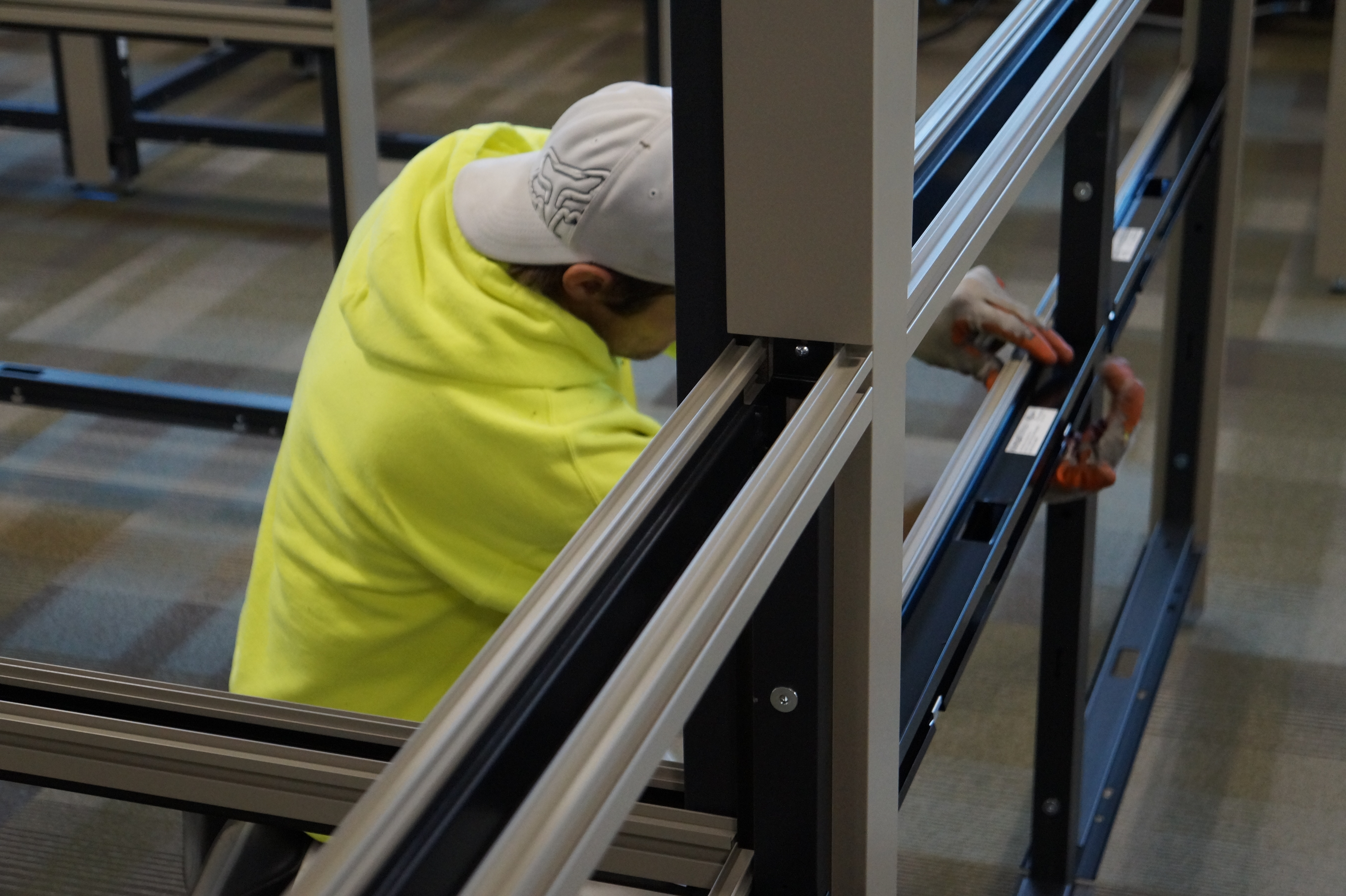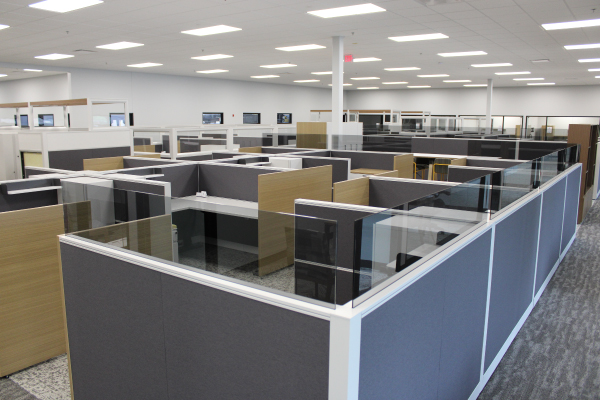Let’s face it—office projects rarely go 100% according to plan.
Whether it’s a manufacturer backorder, a leadership decision to swap out the conference table, or an interior designer’s last-minute pivot, changes to furniture orders in the final stages of a project are more common than you think.
But here’s the good news: last-minute doesn’t have to mean last-resort panic.
At Professional Installers, Inc., we’ve seen it all in the last 41 years—and helped clients navigate it all—with as little disruption as possible. Here’s how to handle last-minute furniture changes without derailing your entire office move or buildout.
1. Communicate Immediately
The moment a change is confirmed, notify your furniture installer. Early notice gives us the best shot at adjusting labor schedules, delivery windows, and installation sequencing. The more lead time we have—even if it’s just a few days—the more flexible we can be.
2. Know What’s Actually Changing
A small spec change (like switching task chairs) might have no impact on the install plan. But replacing 20 workstations or changing a wall-mounted piece? That could mean revisiting power and data layouts, moving floor cores, or revising wall supports. Be specific and share updated cut sheets, drawings, or installation guides.
3. Don't Overlook the Flooring Factor
One of the biggest disruptors in office installations? Projects that include carpet replacement. We often see schedules that don’t account for the realities of flooring work. Furniture gets left in place, carpet layers try to work around it, and suddenly you’re dealing with scooted panels, lifted workstations, and alignment issues that ripple through the rest of the install. Worse yet, when sequencing isn’t tight, furniture shows up before flooring is finished—or must be disassembled and moved twice. That’s a recipe for added cost and timeline risk.
Our advice? If carpet is part of your project, make sure your flooring schedule is clearly coordinated with your furniture installation. We can advise on proper sequencing and even provide labor support to temporarily shift or remove furniture if needed. It’s always better (and more cost effective) to plan for movement than to fix what may have been damaged in the shuffle.
4. Lean on Short-Term Warehousing
Delays in delivery or product swaps often leave teams scrambling to store excess or misfit furniture. That’s where our short- and long-term warehousing comes in handy. We can receive, hold, and stage your new product while giving you time to decide what to do with the old.
5. Ask for Install Alternatives
Can temporary pieces be installed while final selections arrive? Can we adjust the sequence of installation to buy time for late-arriving furniture? A good installer doesn’t just say “yes” or “no”—we help you think through practical alternatives and phased solutions to keep your project on track.
6. Expect a Cost and Time Adjustment—But Not Chaos
Yes, changes usually come with added labor or equipment needs. But working with a team that’s flexible and experienced (like us!) means we can clearly communicate those impacts before you commit. You’ll know what to expect—and when to expect so your broader schedule doesn’t fall apart.
Final Thought: Change Happens. Prepared Partners Make the Difference.
In the fast-moving world of commercial interiors, flexibility is key. With a partner like Professional Installers, Inc., you’re never left holding the bag—or the extra conference table. From furniture installation and glass wall systems to private offices and conference rooms, we’re built to adapt.
Need help navigating a change?
Let’s talk. We’re ready when you are.